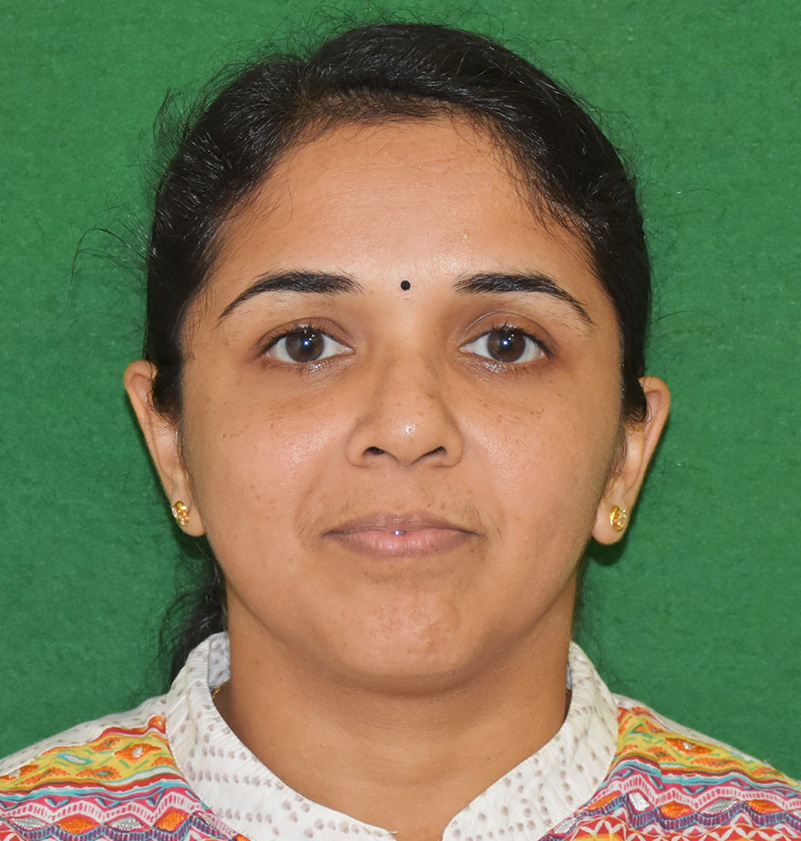- Diluted Magnetic Semiconductors
A magnetic semiconductor is a semiconductor doped with spin as a new degree of freedom of an electron, and is expected to be a promising candidate for next generation spintronics devices utilizing electronically or optically controlled magnetism. Diluted magnetic semiconductors (DMS, known also as semimagnetic semiconductors) are compounds based on typical semiconductors, for which a fraction of nonmagnetic cations has been replaced by magnetic ions (typically transition metal ions like Mn, Fe or rare earth metal ions). DMS bridge the physics of semiconductors and magnetics since they show typical semiconductor behavior and they also reveal pronounced magnetic properties. The most relevant feature of DMS, which attracted considerable interest, is the coexistence and interaction of two different electronic subsystems: delocalized conduction (s-type) and valence (p-type) band electrons and localized (d or f-type) electrons of magnetic ions.
Our interest is in transition metal doped (single, co-doped) metal oxide nanoparticles to establish room temperature ferromagnetism in them for spintronic applications. Transition metal doped ZnO has been theoretically predicted and experimentally claimed to be ferromagnetic with a Curie temperature exceeding room temperature. There is, however, more work needed to elucidate the mechanism of ferromagnetism in these materials and develop them for device applications.
- Semiconducting Thin Films for Photovoltaic Applications
What is required for an ideal solar cell?
- Cheap, simple and abundant material
- Integrated large scale manufacturability
- Reduced cost and long life
In this area, we are working on ecofriendly absorber materials like CZTS and also try to replace conventional CdS buffer layer with more photo-responsive wide band gap materials. We are also aiming at flexible, thin films with single/multilayers and engineering the interface to improve the utility as well as performance of the photovoltaic devices.
- Multifunctional Metal Oxide Nanoparticles and Heterostructures
In recent years semiconducting metal oxide (SMO) nanostructures have attracted a lot of interest. The high surface to volume ratio, chemical stability, high carrier mobility, excellent resistivity response to gas environment and high exciton binding energy makes them useful as gas sensors and optical devices. By judiciously decorating the nanoparticles surface composition, various surface morphologies and forming nanocomposites of different nanostructures, unique characteristics can be achieved with great selectivity. We have been working on various metal oxides such as ZnO, SnO2, TiO2, In2O3, CuO, WO3, NiO etc for their multifunctional properties. These nanoparticles and their composites find applicationin gas sensing, photocatalysis and their heterostructures are attractive due to exciting optoelectronic properties. We are exploring the properties of metal oxide nanoparticles, composites and heterostructures for device level applications.
- Non noble metal catalysts for sustainable hydrogen production
Large-scale hydrogen production is pivotal for global and national decarbonization efforts. India is actively pursuing self-reliant green hydrogen production through its National Green Hydrogen Mission. Non-noble metal catalysts for hydrogen production are an area of significant research due to their potential for lower cost and greater abundance compared to noble metal catalysts like platinum. Research in this field is ongoing, with continuous efforts to improve the efficiency, stability, and cost-effectiveness of non-noble metal catalysts for hydrogen production.









